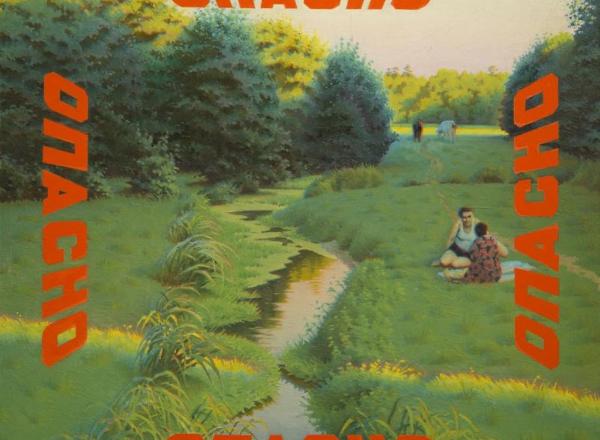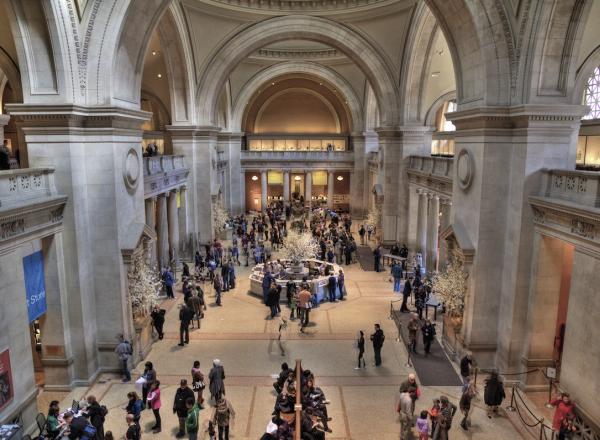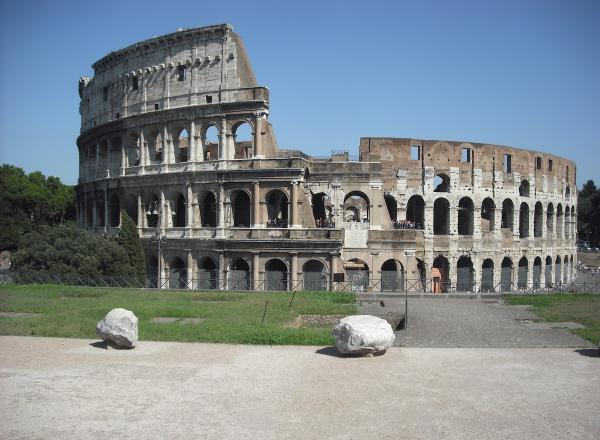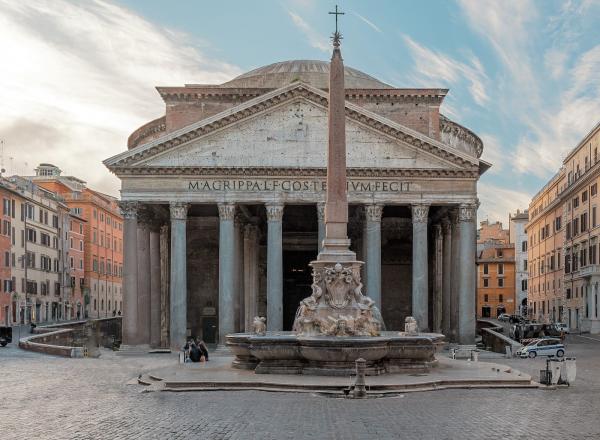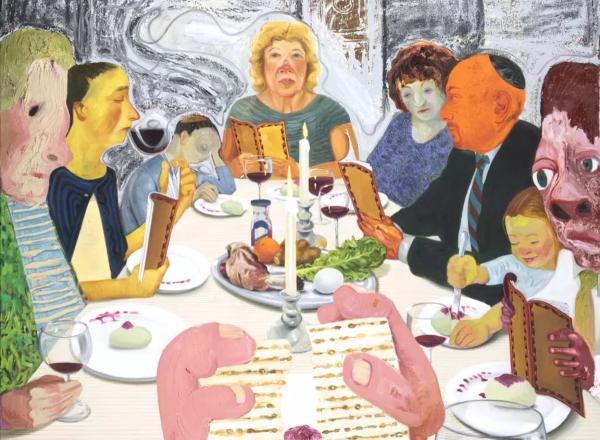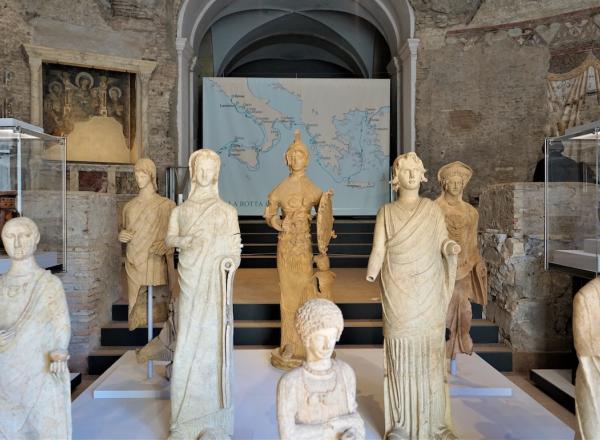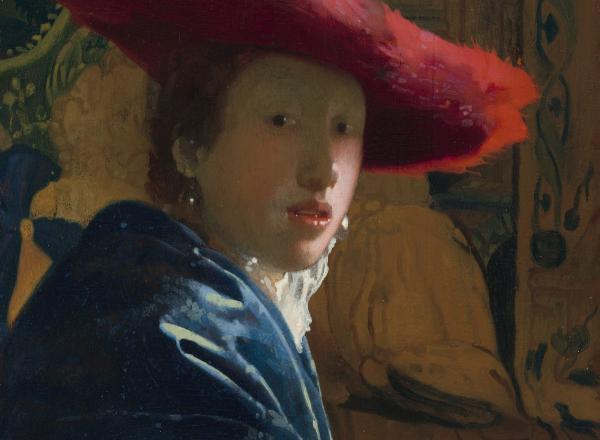Non-Conformist Art was counter-culture art that went against the state-approved Socialist Realism in the former Soviet Union in the latter half of the 20th century.
Art News
On Monday, the Metropolitan Museum of Art announced the latest on their agenda: Nairy Baghramian will premiere work for the building’s facade commission, and Jacolby Satterwhite will be featured in the Great Hall beginning this September
Interesting things are happening at the Colosseum. For the better part of a decade, the piazza surrounding Rome’s iconic amphitheater has been a mess.
Thematically and stylistically, Wangechi Mutu’s art is a bubbling stew of ingredients that don’t always cohere. Part Afro-Futurism, part cyber-punk, and part body horror, Mutu’s sculptures, collages, and mixed-media paintings cover a lot of ground.
Even as the art world continues to make strides toward gender equity, its history still holds major gaps. One such gap is the work of artist Jeanne Coppel. The Romanian-born French painter was a trailblazer in the use of abstraction in the 20th century.
Ever since their construction, the monuments and structures of ancient Rome have amazed and astounded their viewers with their grandeur and the ingenuity of their engineering. Throughout its history, Rome conquered much of modern Europe, northern Africa, and the Middle East, encompassing nearly 1.7 million square miles of territory at its height.
It’s the first night of Passover! Tonight, Jews all around the world will sit down together and recount the story of their ancestor’s exodus from Egypt and the Jewish people’s liberation from slavery. The Passover story is from the book of Exodus, which is one of the most central stories of the Torah, and it reflects some of the biggest themes in Jewish history: oppression, freedom, adversary, and the idea of a homeland.
Greater attention is often paid to the causes of wars than to their aftermath. The Boston Tea Party of 1773 is immortalized in paintings, but the resettlement of defeated American Loyalists after 1783 is not.
Although such collections were kept by a wide range of groups and individuals—from Tsars to churches and apothecaries to scientific academies—a new wave of scholars have taken particular interest in the motives and cultural implications of the wealthy, often aristocratic, hobbyist collector.
Lately there have been investigations that highlight new theories on some of history’s greatest artists and their paintings. We wanted to dive into these theories to discuss their arguments, histories, and if there is any validity to them. Regardless, these new theories have proven that even if a work is three, or four, or five hundred years old, it can still cease to amaze and perplex us.




